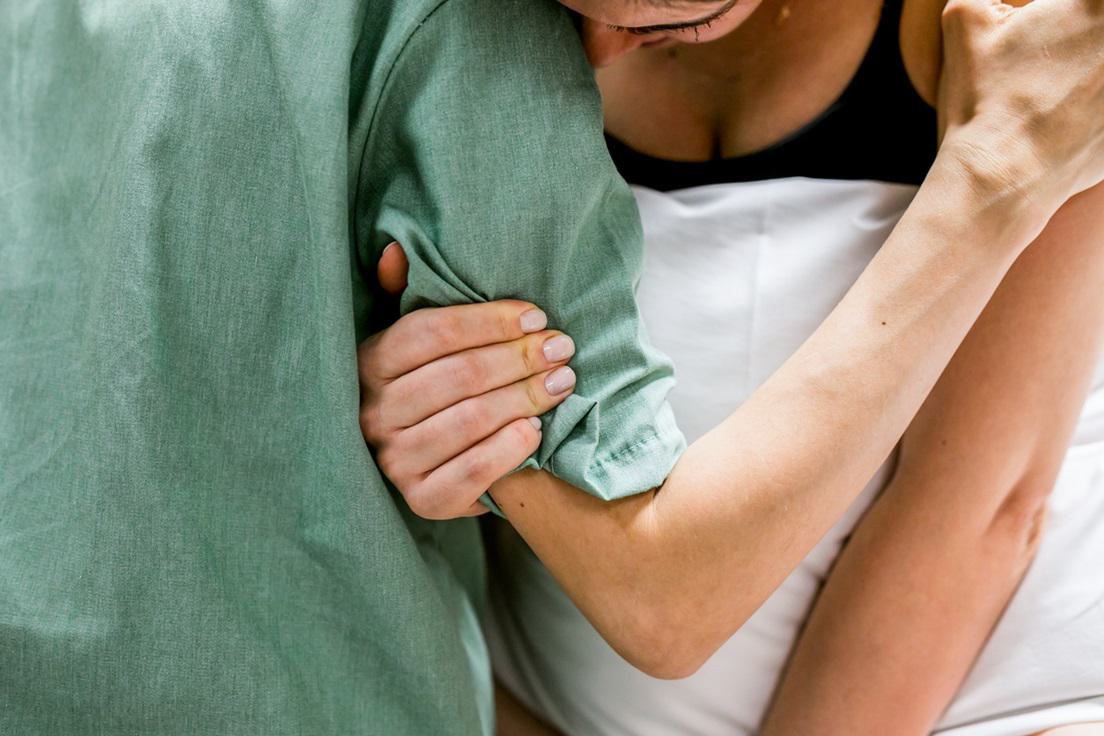Do Home Births Decrease Risks?

A growing number of pregnant women, dissatisfied with the healthcare system, are choosing to give birth at home—even in higher-risk situations typically managed in a hospital, according to a STAT News report. This trend has raised concerns among healthcare professionals who worry that the women may not fully understand the potential risks involved.
While home births account for less than 2% of all U.S. deliveries, their prevalence is on the rise. In 2022, the most recent year for available data, there were 46,183 home births—a 56% increase since 2016. The COVID-19 pandemic fueled much of this growth, as many mothers sought to avoid exposure to the virus or bypass hospital restrictions that limited the presence of loved ones during labor.
Another driving force is dissatisfaction with hospital care. Mistreatment during hospital births has prompted some women to seek alternatives. A 2019 study revealed that Black (22.5%), Hispanic (25%), and Indigenous (32.8%) women were most likely to report mistreatment during delivery, including being scolded, ignored, or denied assistance. Racism also plays a role; a recent JAMA study noted that Black women faced significantly higher maternal mortality rates, averaging 67.6 deaths per 100,000 live births in 2019.
For some women, previous traumatic birth experiences are a deciding factor. One mother cited in the story described her first hospital delivery as a “nightmare,” marked by an unwanted cesarean section. Determined to have more control during her second delivery, she chose a home birth with a midwife and successfully pursued a vaginal birth after cesarean (VBAC).
However, VBACs are among the top three high-risk situations identified by the American College of Obstetricians and Gynecologists (ACOG) for home births. VBACs carry a risk of uterine rupture, which requires immediate surgical intervention. Other high-risk scenarios include breech births and pregnancies involving twins or multiples. These situations can become life-threatening without immediate access to advanced medical care.
The numbers underscore the growing prevalence of high-risk home births. Between 2016 and 2022, VBACs at home increased by 63%, breech births more than doubled, and twin births rose by 68%. ACOG acknowledges that while home births are associated with fewer medical interventions, they come with higher risks. For every 1,000 home births, 3.9 babies die—roughly twice the risk compared to hospital births, which have a death rate of 0.13 per 1,000. A 2015 study found that VBAC home births carried an even higher risk, with a rate of 4.75 fetal deaths per 1,000 deliveries.
While many things can complicate pregnancy, some birth injuries arise solely from human error, or things that could have been prevented. Tom Duffy has recovered birth injury settlements in excess of $20,000,000. If you would like to speak with a top Philadelphia birth injury attorney in Philadelphia, contact us to set a time to speak about your legal options.

